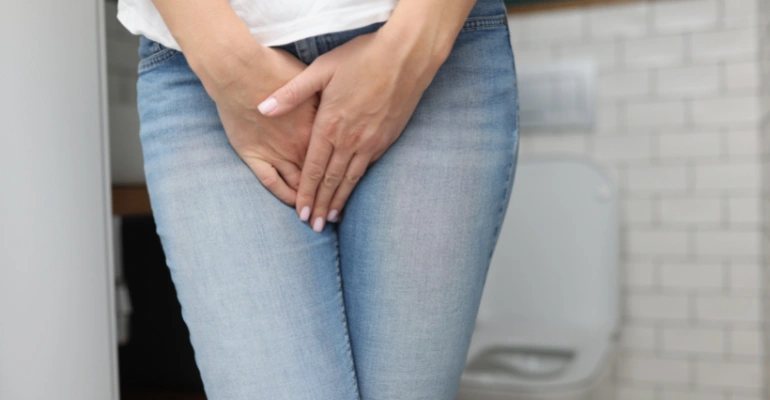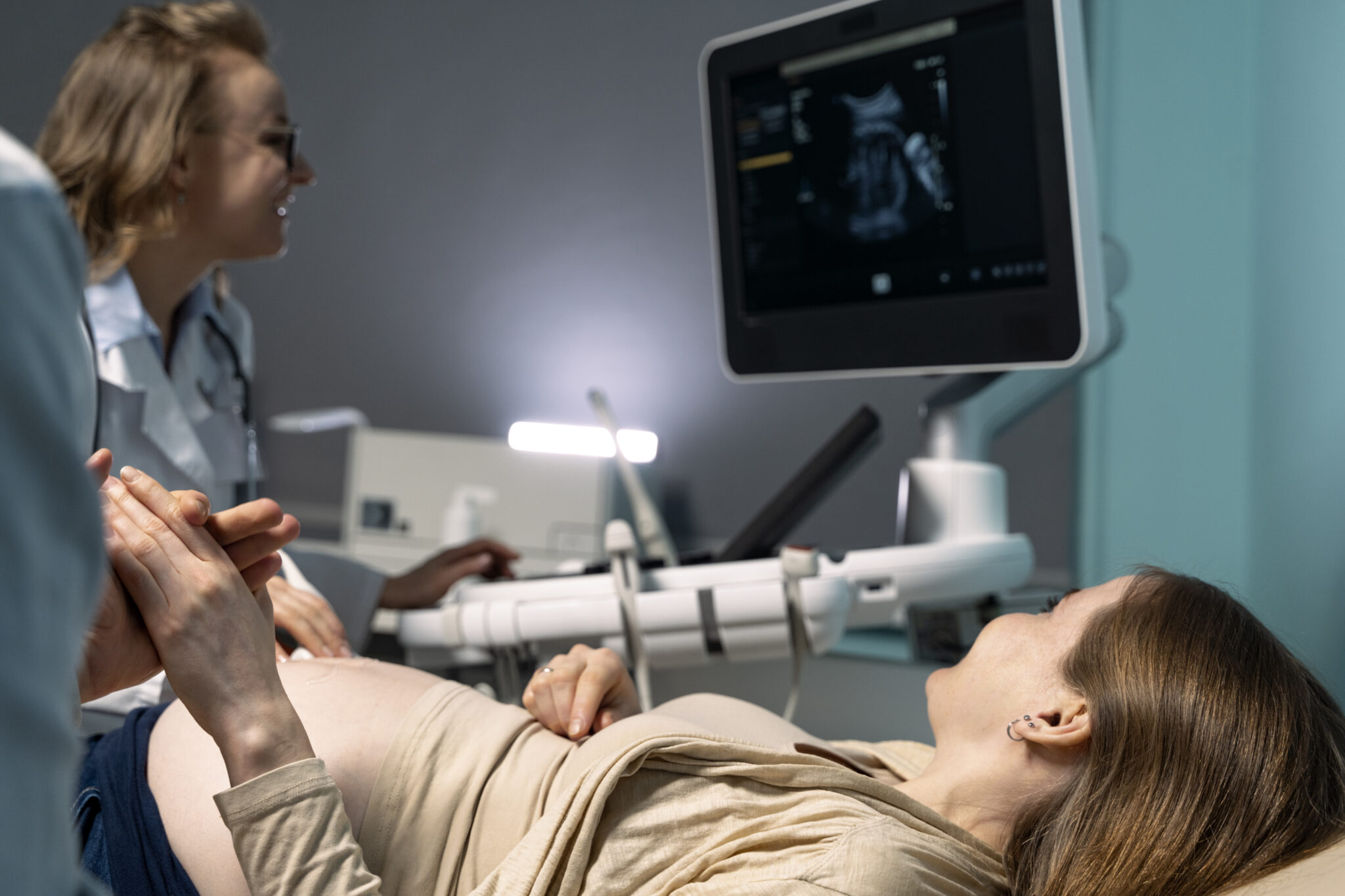Do you find yourself constantly rushing to the bathroom, or experiencing a sudden leakage of urine that embarrasses you in public?
These symptoms may be signs of female incontinence, a condition that affects millions of women worldwide. Although it may feel uncomfortable to talk about the issue, it is important to seek help and support so you can manage it effectively.
It may get confusing if it is really a weak bladder or an overactive bladder that is causing the issue. Let us deep dive into the topic.
Types of Female Incontinence
While it may be tempting to google your symptoms and find answers from your close friends, you ought to understand what type of incontinence you are suffering from.
There are two primary types of female incontinence. Both conditions have different symptoms and triggers but share the same result of occasional or frequent urine leakage.
- Stress Incontinence
It occurs when pressure is put on the bladder, causing it to leak urine. Laughing, coughing, sneezing, or even lifting heavy objects can trigger this condition. - Urge Incontinence
It is characterised by the sudden, overwhelming urge to urinate and often results in involuntary leakage.
Risk Factors of Female Urinary Incontinence
While any woman can experience incontinence, there are some risk factors that increase the likelihood of developing it. Age, pregnancy, and childbirth are some of the most common risk factors. As women age, the muscles that support the bladder and urethra often weaken, making them more susceptible to incontinence. During pregnancy, the extra weight and pressure can also cause bladder muscles to weaken. Childbirth, especially vaginal delivery, can weaken pelvic floor muscles and cause nerve damage that may lead to incontinence later in life. Other risk factors may include certain medical conditions, such as diabetes, and smoking.
Causes of Female Incontinence
Female incontinence can be caused by one or more factors such as:
- Childbirth,
- Hormonal changes,
- Menopause,
- Obesity,
- Chronic coughing,
- Constipation,
- Neurological damage from conditions like multiple sclerosis or Parkinson’s disease.
It is essential to identify the root causes to effectively manage the symptoms as the treatment varies accordingly.
Managing Female Incontinence
Physical Examination and Diagnosis
We at Helena Taylor Clinic, help you manage this condition with diligent care and compassion. Our doctor will perform a physical examination and take your medical history. We will rule out any other conditions like diabetes, infections and atrophy. You may also need to undergo an ultrasound examination and other diagnostic tests. Once your condition is diagnosed, our team of experts work together to help you alleviate your condition.
Therapy
There are various ways to manage female incontinence, including lifestyle changes, pelvic floor exercises, medical therapies, and surgeries. Lifestyle changes such as reducing fluid intake, avoiding caffeine and alcohol, and losing weight can help alleviate symptoms. Kegel exercises are pelvic floor exercises that can increase the strength and function of muscles that support the bladder and urethra.
Physical therapy is also an effective treatment as it involves a series of exercises, while medications and surgeries are considered to be the last resort in case of severe incontinence conditions.
Kegel exercises are often recommended to strengthen the pelvic floor muscles, which can help improve bladder control and prevent urinary incontinence. o see significant improvements, it’s important to be consistent and incorporate Kegel exercises into your daily routine. Aim to perform these exercises at least three times a day.
Bladder control refers to the ability to hold urine and control the timing and frequency of urination. Kegel exercises, on the other hand, are a specific set of exercises that target the pelvic floor muscles, which play a crucial role in supporting the bladder and other pelvic organs.
Remember that it may take several weeks or months of regular exercise before you notice improvements in bladder control.
Incontinence is not a taboo subject or a condition that women should be ashamed of. With the proper education, understanding, and management, women can take control of their incontinence and live a fulfilling life.
Dr. Helena Taylor Clinic offers various services available to help women overcome this issue. Don’t be shy to seek help, speak up, and take advantage of the resources that are available to you. You deserve to feel confident, empowered, and in control of your body.














